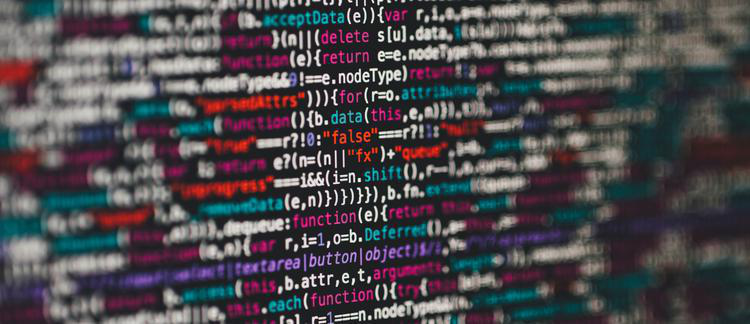Abstract
Current interactive music systems for human-machine impro- visation often employ sophisticated machine learning algorithms, achieving competence in style imitation and interaction with human performers within defined musical domains. However, in the context of free musical improvisation, it is probably not desirable to interact with a musical partner which one can largely anticipate or predict, because this might hinder the critical re-examination of one’s improvisational practice, to the detriment of an open-endedness that is crucial in this particular form of musical expression. The author’s contention is that, just as one would strive to collaborate with highly original and diverse musical personalities when freely improvising, a similar scenario would be desirable when collab- orating with a computer system. By settling for “good enough” solutions to the problems posed by the design of the latter, and negotiating expec- tations of the attainable, a more unpredictable and contradictory agent might arise. In this article, the author’s system’s conceptual framework, design and an evaluation of three performances using it are presented.
How to Cite
Kalonaris, S., (2018) “Satisficing Goals and Methods in Human-Machine Music Improvisations: Experiments with Dory”, Journal of Creative Music Systems 2(2). doi: https://doi.org/10.5920/jcms.2018.03
1043
Views
755
Downloads
